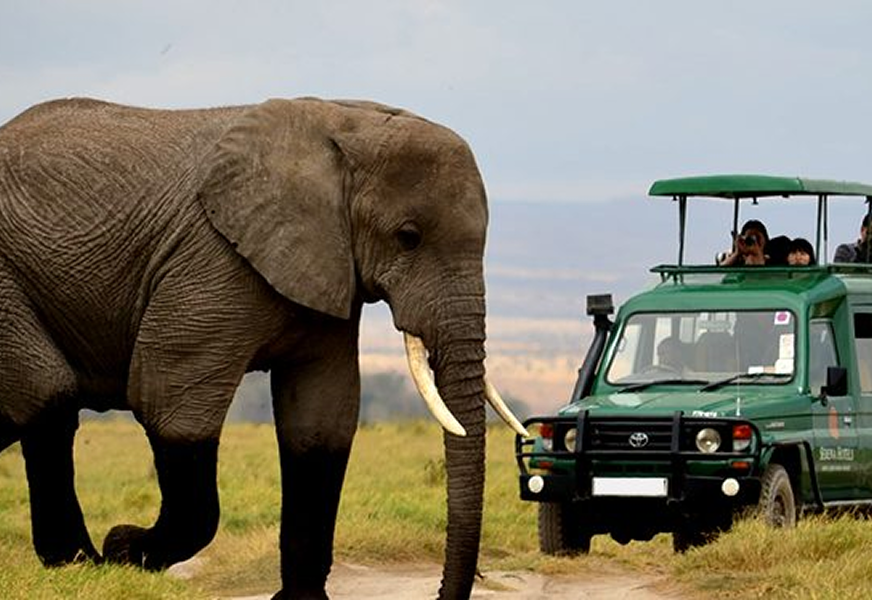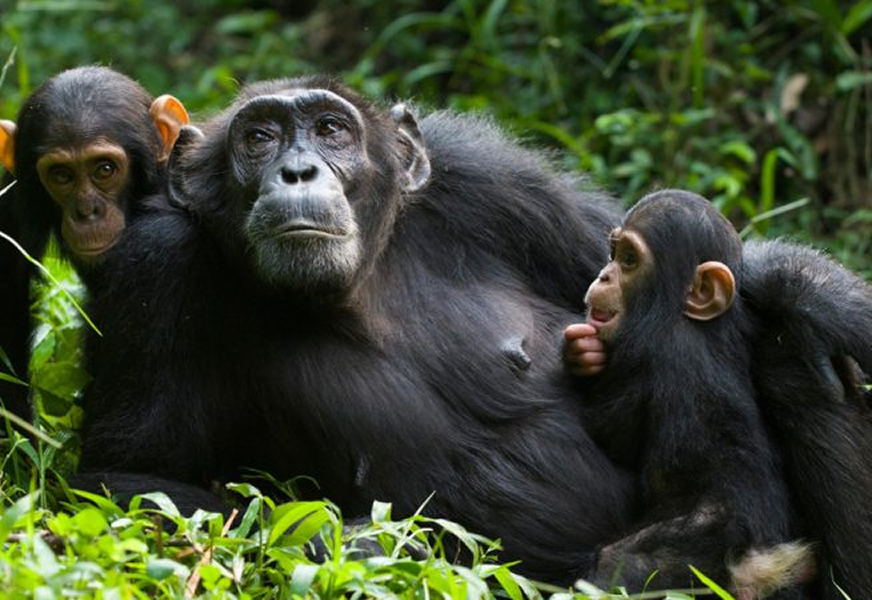Protais Seshaba
August 15th, 2025
07 min read
How Nature and Wildlife Photography Can Contribute to Conservation in Rwanda
Rwanda is often called the “Land of a Thousand Hills”, but beyond its rolling landscapes, it is also home to some of the most unique ecosystems and wildlife species in the world. From the endangered mountain gorillas of Volcanoes National Park to the diverse birdlife in Nyungwe and the savannah giants of Akagera, Rwanda’s natural heritage is both breathtaking and fragile. Safeguarding it requires collective effort—and one powerful, yet often underestimated, tool is nature and wildlife photography.
1. Raising Awareness and Education
Photography tells stories that words alone cannot capture. A single image of a mountain gorilla family or a flock of crowned cranes can spark curiosity and deepen appreciation for Rwanda’s biodiversity. Wildlife images used in classrooms, conservation clubs, and awareness campaigns help young people learn about the importance of protecting nature. By visually connecting people to wildlife, photography makes conservation personal and relatable.
2. Inspiring Action and Public Engagement
Striking photographs of Rwanda’s landscapes and wildlife can evoke strong emotions—wonder, pride, and responsibility. These images encourage people, both locally and globally, to support conservation initiatives. Whether shared in exhibitions, social media, or tourism campaigns, photography has the power to move individuals from awareness to action. NNA further promotes this by creating Eco-Tourism Action Clubs in schools, universities, and communities, where students use photography and storytelling to advocate for sustainability.
3. Promoting Sustainable Tourism
Rwanda’s economy has benefited significantly from eco-tourism, especially gorilla trekking. High-quality wildlife photographs help market Rwanda as a premier sustainable travel destination. They attract visitors eager to see the country’s natural treasures while contributing to conservation funding and community development. In this way, photography directly supports Rwanda’s vision of harmonizing conservation with economic growth. Through NNA, young interns and students are trained on eco-tourism practices and introduced to creative fields like nature photography, preparing them for careers in sustainable tourism.
4. Influencing Policy and Advocacy
Beyond beauty, photography can reveal challenges. Images of deforestation, poaching, or habitat loss provide compelling evidence for policymakers, conservation organizations, and donors. They highlight the urgency of protecting ecosystems and can influence stronger conservation laws, strategies, and funding.
5. Documenting and Supporting Research
Wildlife photography is not only about aesthetics; it is also a scientific tool. Photos can document species behavior, migration patterns, and habitat changes over time. This visual record assists researchers and conservationists in monitoring biodiversity and identifying threats to ecosystems.
6. Empowering Communities and Youth
Training young people and local communities in wildlife photography creates opportunities for income generation, storytelling, and advocacy. It equips them with creative skills while turning them into ambassadors for conservation. By linking livelihoods with nature, photography fosters a sense of ownership and pride in protecting Rwanda’s natural resources. NNA has been at the forefront of this approach by providing internships to secondary school and university students. Through mentorship and practical exposure; including photography projects, youth are empowered to see conservation not just as a duty, but as an opportunity.
7. Advancing Global Sustainability Goals
Through raising awareness, promoting eco-tourism, and empowering communities, wildlife photography contributes directly to global Sustainable Development Goals (SDGs), particularly SDG 13 (Climate Action), SDG 15 (Life on Land), and SDG 8 (Decent Work and Economic Growth). NNA’s initiatives tie directly into these goals by creating education pathways, fostering youth innovation, and showcasing Rwanda’s natural wealth to the world. In Rwanda, where conservation is central to national identity and sustainable development, nature and wildlife photography is more than art; it is a voice for the voiceless. Every image captured has the potential to inspire, educate, and drive change. Through its awareness campaigns, youth internships, and school eco-clubs, Nature Nest Adventures (NNA) is harnessing photography as a creative bridge between conservation and community development. By embracing this tool, Rwanda can continue to showcase its natural beauty while ensuring that future generations inherit a land rich in biodiversity.
Search Here
Recent News
-
How Nature and Wildlife Photography Can Contribute to Conservation in Rwanda
August 15, 2025
07 min read
-
The future importance of the School of Wildlife and Nature Photography for Rwandan Youth
August 25, 2025
07 min read





Protais is the CEO and Founder of Nature Nest Adventures, where he leads the vision and strategy of the company. With a deep passion for conservation and adventure, he creates memorable safari experiences that connect travelers with nature while promoting sustainable tourism.